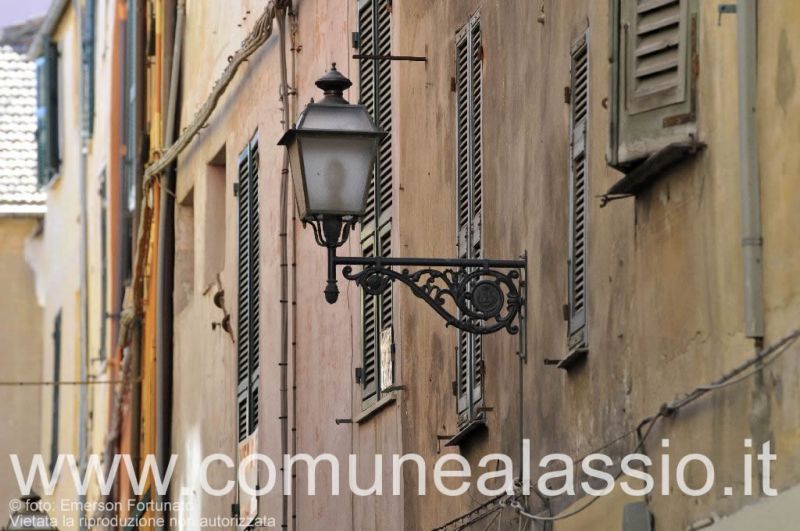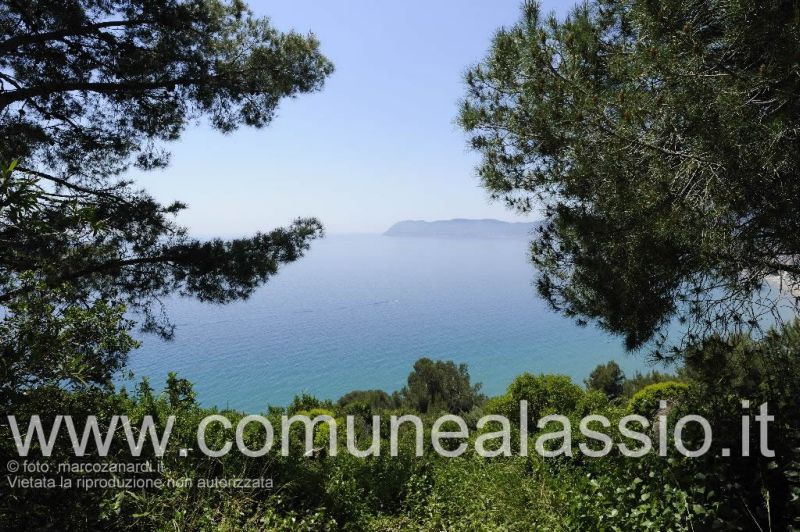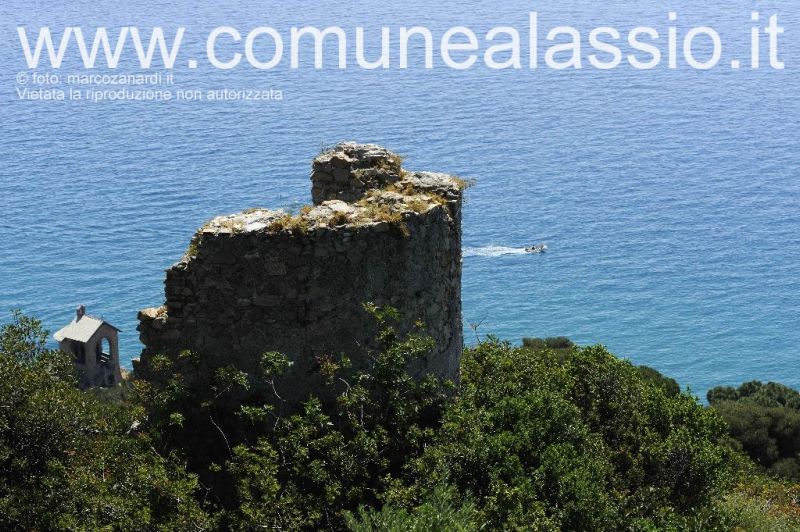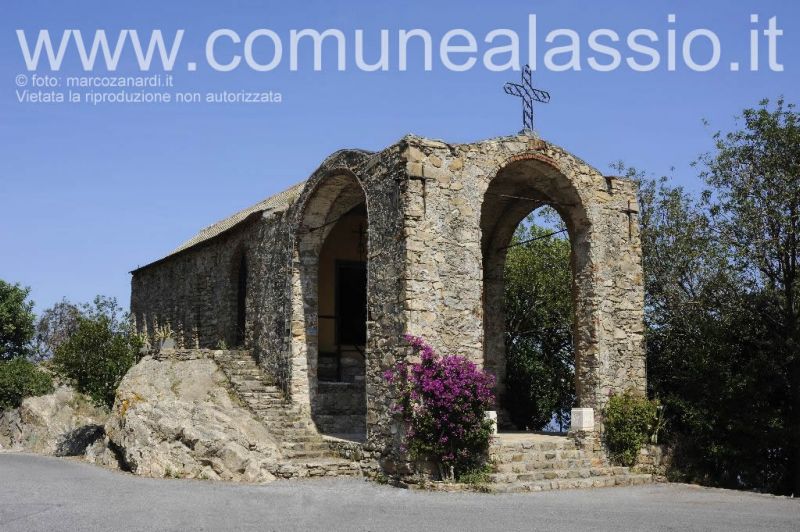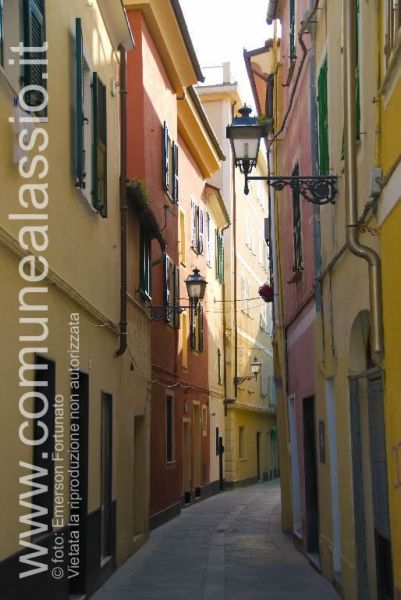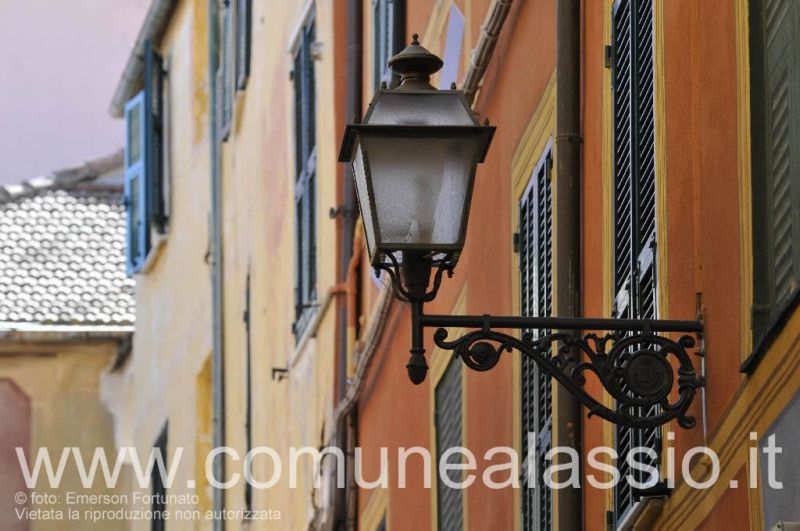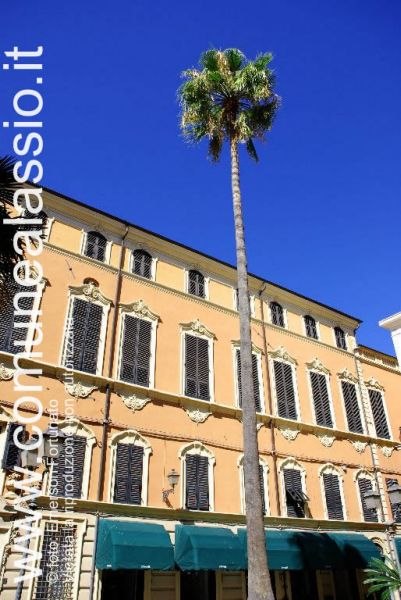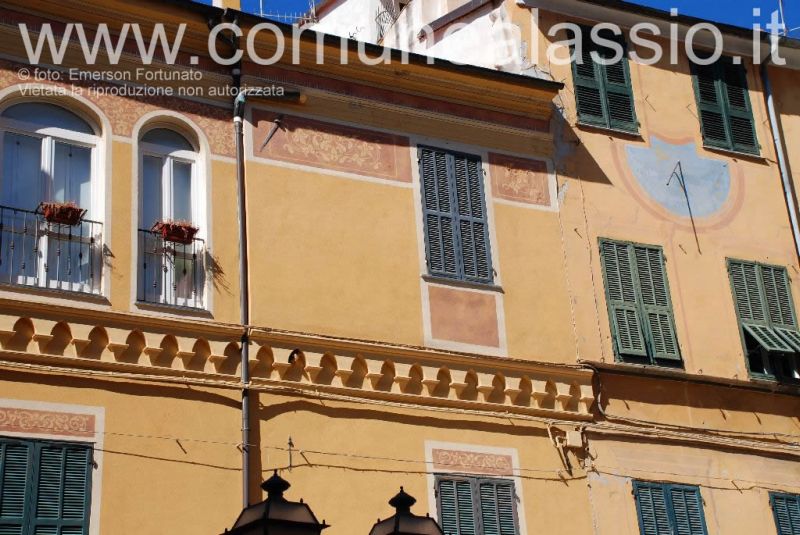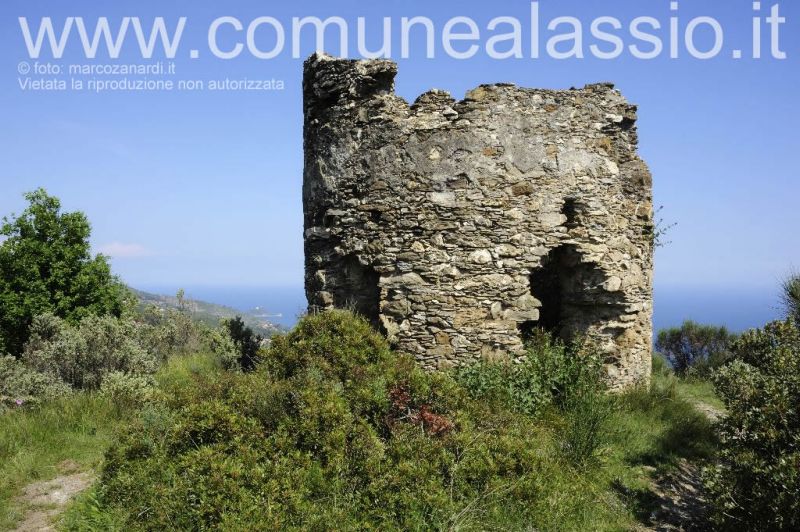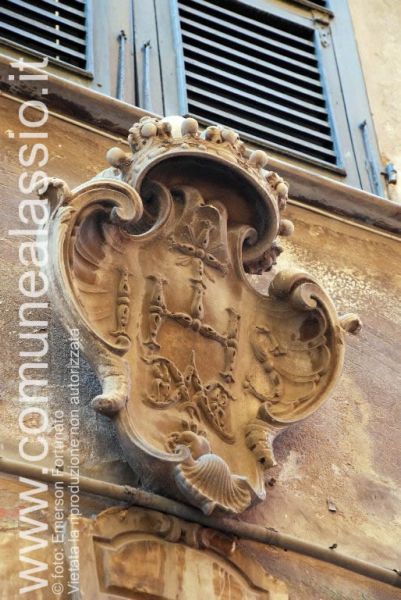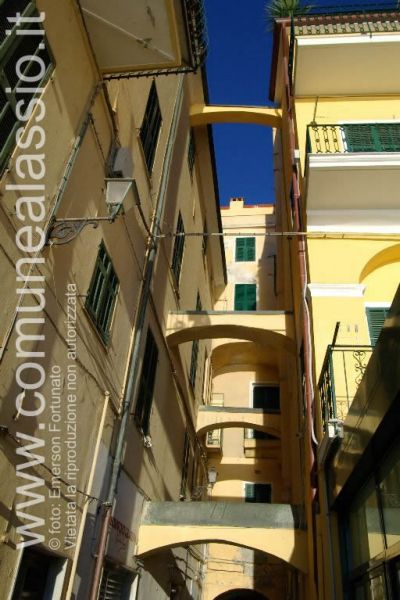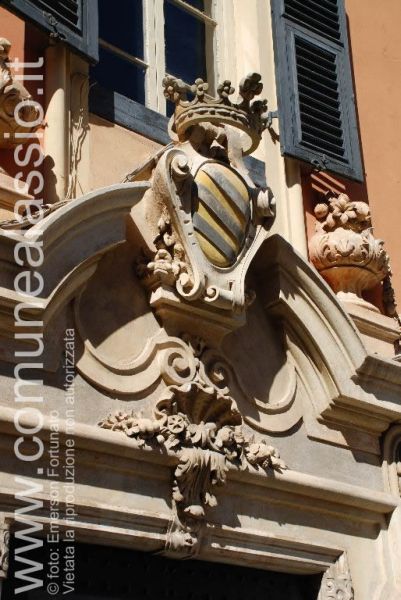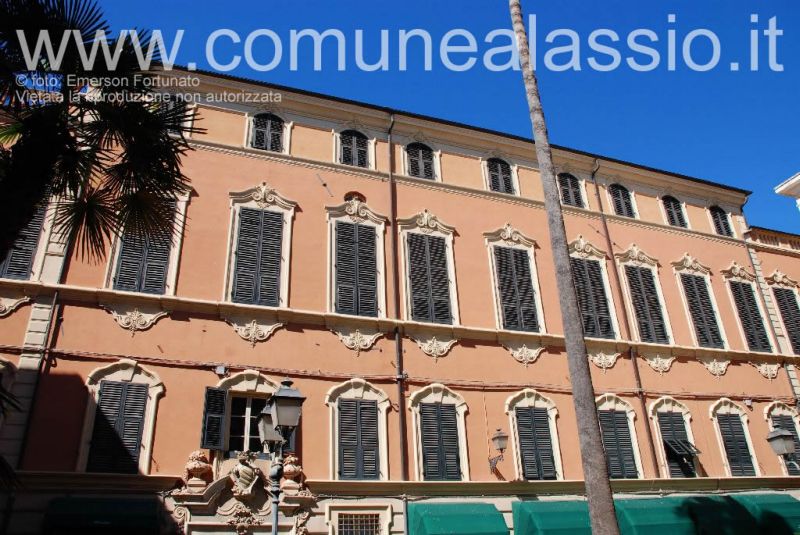... and its historical buildings
Apart from the sea-sun offer Alassio also boats a rich historical patrimony which reaches back in time to the roman era, testimony of which is the still remaining section of the ancient roman Via Iulia Augusta,one of the most fetching view of the town and which the English author Cecil Roberts defined “Portal to Paradise”.
The “Burgum Alaxi” saw its natals around the year 1000 A.D. when its first inhabitants came down from the hills and established themselves near the beach in the area between the pier and Beniscelli square.At that time most of the town territory was already part of the possessions of the powerful Benedectine monastery on the Gallinara Island.In the year 1303 the monks resigned most of their possessions to the community of Albenga but this is no way stopped the little village from growing constantly for several centuries both demographically and economically.
The economy at the time revolved naturally around the sea and numerous indeed were the professional “sailors” such as Luca Ferrari,admiral at the service of emperor Carlo V, who led an expedition to the Americas.
The particular atmosphere ligure of those times can still be left today in the historical center of Alassio, ambling in via XX Settembre,better know as “The Drain”,the long lane parallel to the sea that winds between 16th and 17th century crucifix, testimony of a period of prosperity in which vessels of every kind were moored in the bay, well protected to commerce in merchandise of all types, cheese, oil, wine, grain and woven cloth materials which were stored in the numerous warehouses in the lanes and alleyways that led to the sea.
Evidence of this period can be found still today above all in the rich in heritance of churches, one of which is the parish church of Sant’Ambrogio,in the square of the same name, object of a very accurate restoration to celebrate it’s 500 years anniversary. It is dated 15th century but was erected on a much older, 10th century church. The portal in black stone, dated 1507 and the bell tower of the 12th century are masterpieces of local architecture. The baroque interior is enriched by the works of great ligurian painters.

